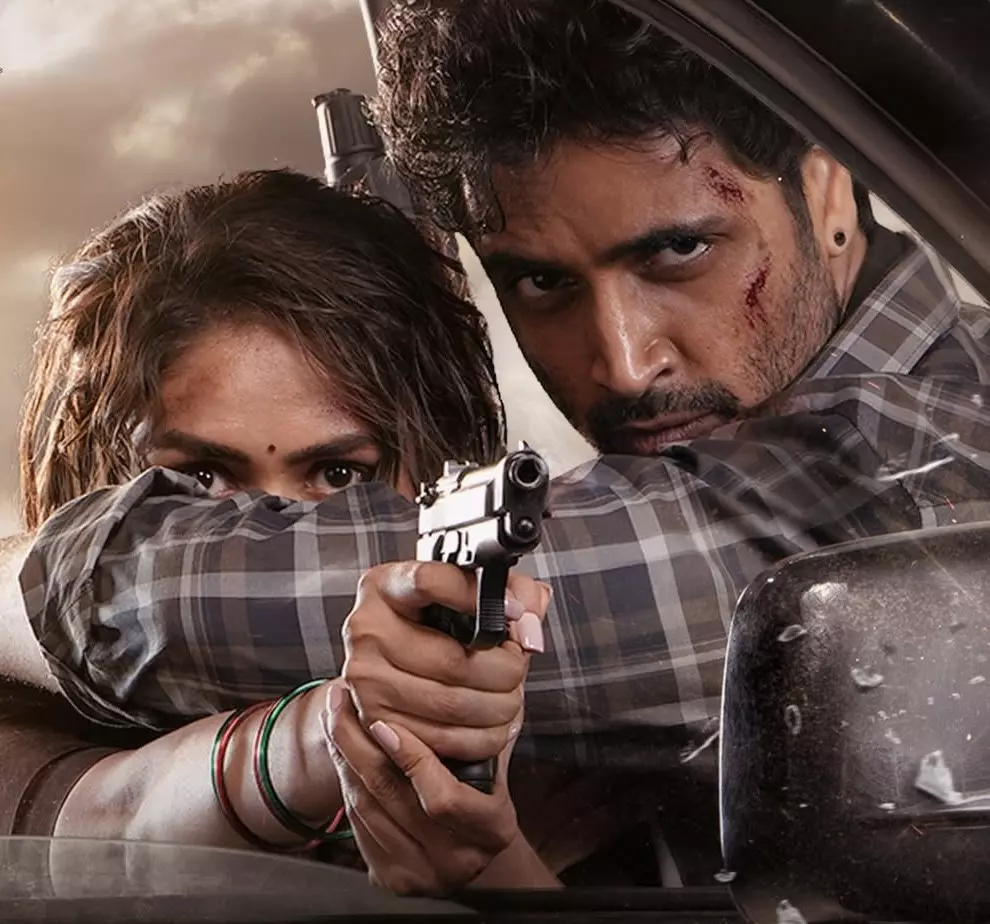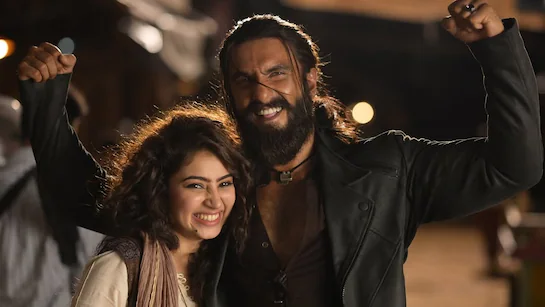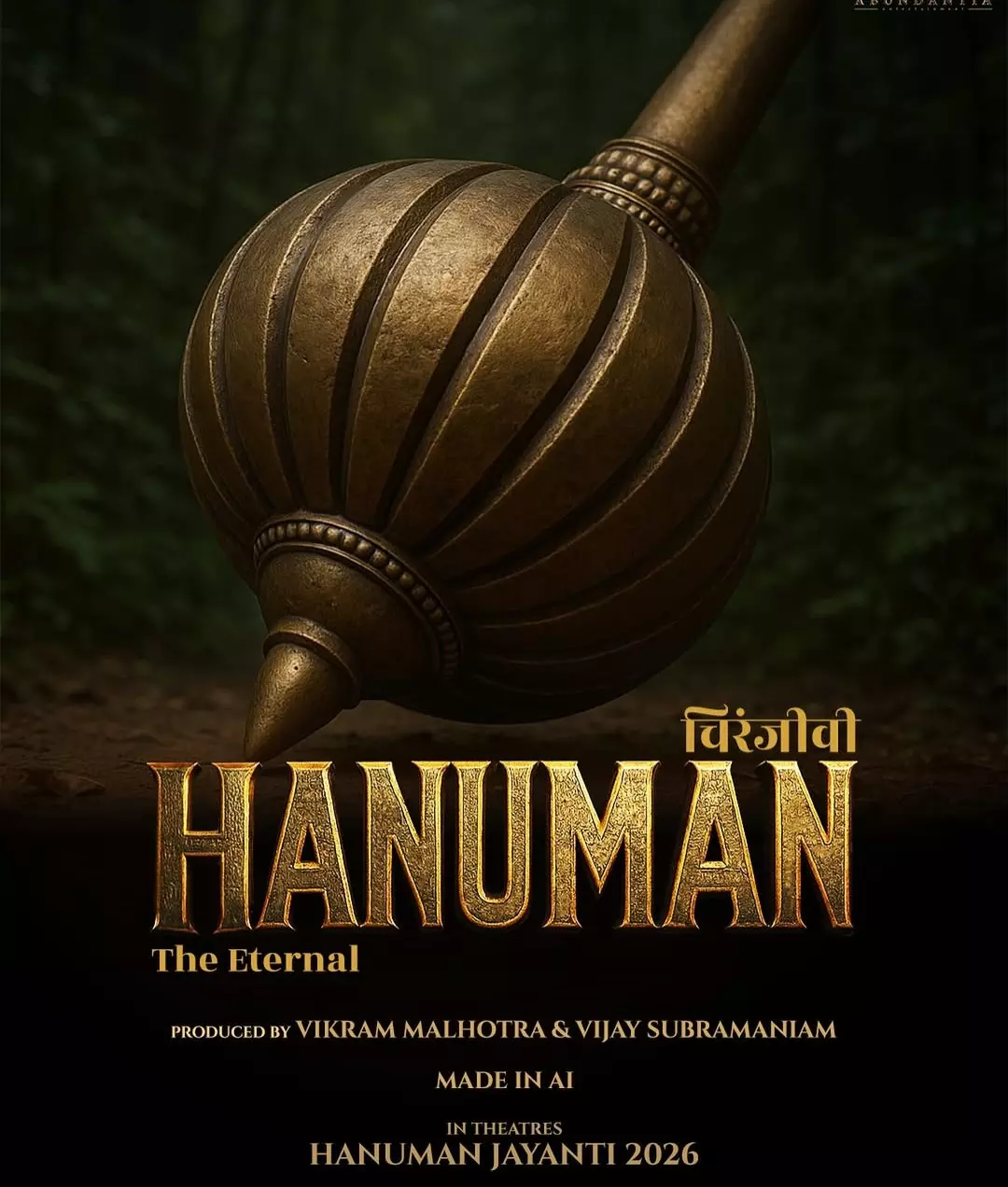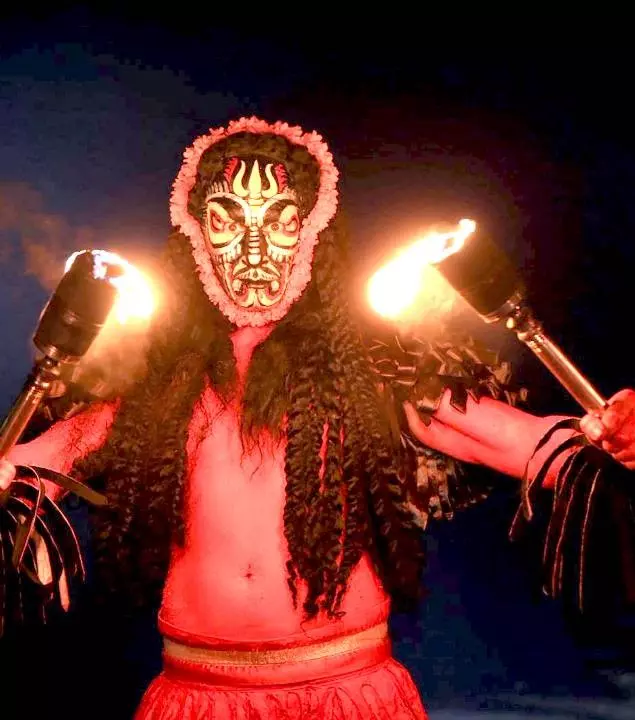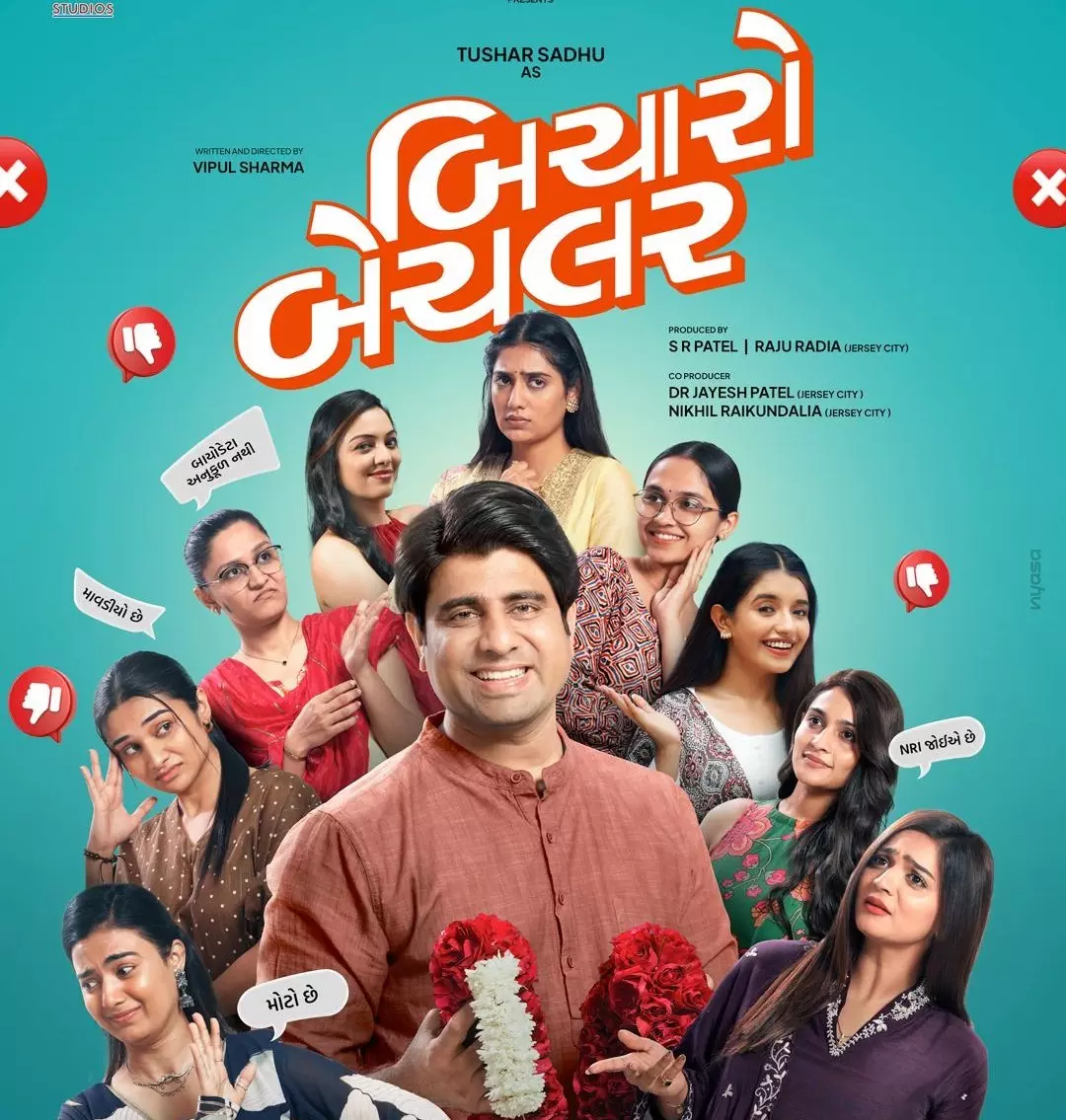Table of Content
The tenth day of the holy celebrations of Navratri is known as Vijayadashami or Dussehra (Dasara). The festival marks the triumph of good over evil and is celebrated on the tenth day of the Ashwin month as per the Hindu calendar. It signifies the end of Durga Puja in West Bengal and other eastern and northeastern states of India and celebrates the victory of Goddess Durga over Mahishasura, the devil king.
You Might Also Like: Durga Puja Festival 2018 | Festival in India |Hindu festival
In the northern and southern states, the festival signifies the victory of Lord Ram over Ravana, who abducted Goddess Sita, the wife of Lord Rama. Lord Rama along with his brother Laxman and disciple Hanuman went to Sri Lanka to save her wife and killed the evil in Ravana, This is how the story of the triumph of good over evil is placed in the mythology for years. Indians celebrate this festival as one of the most auspicious days of the year and it marks the beginning of a new year leaving behind all that was evil.
As part of Dussehra celebrations, enormous effigies of Ravana along with that of his brothers Meghanada and Kumbakaran, are burnt, signifying Ram’s victory over Ravana.
Celebrations also include organizing Ramlila performances which involves people enacting the life and glory of Lord Ram and his life through short plays. While in cities like Varanasi, the entire life of Ram is enacted by artists every evening for the entire month.
According to UNESCO, Ramlila is a ‘masterpiece of
Ramlila in Ramnagar, Varanasi-

Ramlila is a grand event here in Varanasi. It dates back to 1830 when it was first performed by Maharaja Udit Narayan Singh and Kashi Naresh under the guidance of Pandit Laxmi Narayan Pandey's (current
Ayodhya Ramlila-

Ayodhya is the
Aishbagh Ramlila-

The Ramlila is conducted by the Shriramlila
Ramlila in Almora-

According to a 2008 UNESCO report, the most presentable Ramlila are those of Almora, Satna and Madhubani. The Almora or Kumaon style of Ramlila was developed by Uday Shankar during his stay in Almora. This is the musical form of Ramlila developed in a theatrical style. After Uday
Ramlila in Thailand and Laos-

Ramlila is performed even in Thailand. There are artists from Thailand itself that perform Ramlila every year. Here in Thailand, Ram and Lakshman are called Phra Ram and Phra Lak respectively. Thailand has adapted its own national epic of the Lao people from Ramayana. The story, however, is different but has some similar elements of Ramlila.
.webp)

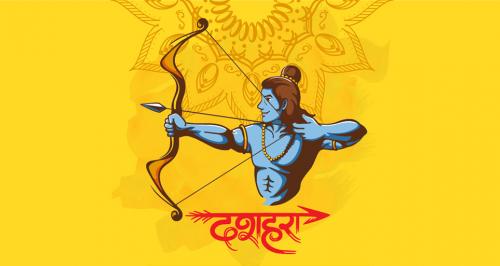
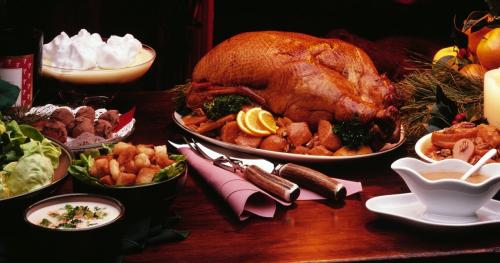


_1735214375.webp)
